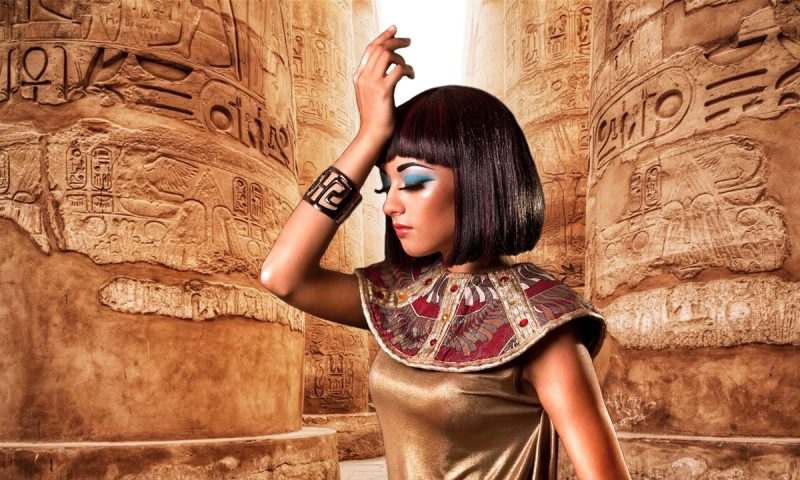Over-the-counter pregnancy kits enable a woman to test her urine with a strip and wait for a reaction confirming the presence of a certain hormone.
According to a researcher who has been studying a papyrus from ancient Egypt, 3,500 years ago women did something similar: urinate into a bag of barley and a bag of emmer (a variety of wheat), and wait for a chemical reaction. However, she’d have to wait longer than a few minutes to see a change.
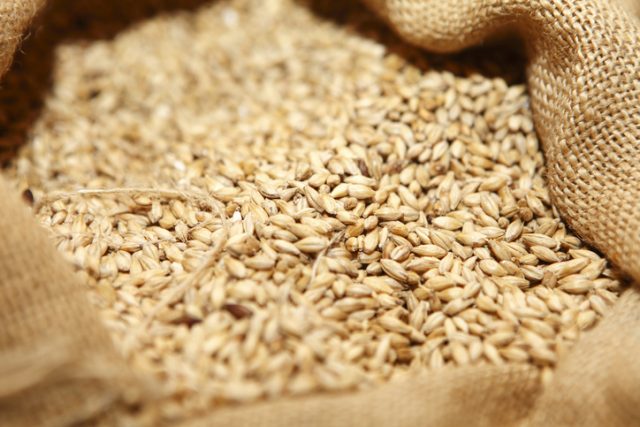
The ancient pregnancy advice tells women to watch what happens to the barley and the emmer seeds. Says Kim Ryholt, the head of the Carlsberg papyrus collection at the University of Copenhagen, which owns the text, “If they grow, she will give birth. If the barley grows, it is a boy. If the emmer grows, it is a girl. If they do not grow, she will not give birth.”
Such ancient advice has been studied by medical historians already, but at the papyrus collection in Copenhagen experts have recently completed a translation of hieroglyphics that confirms that is what Egyptian women did.
And don’t discount this science.
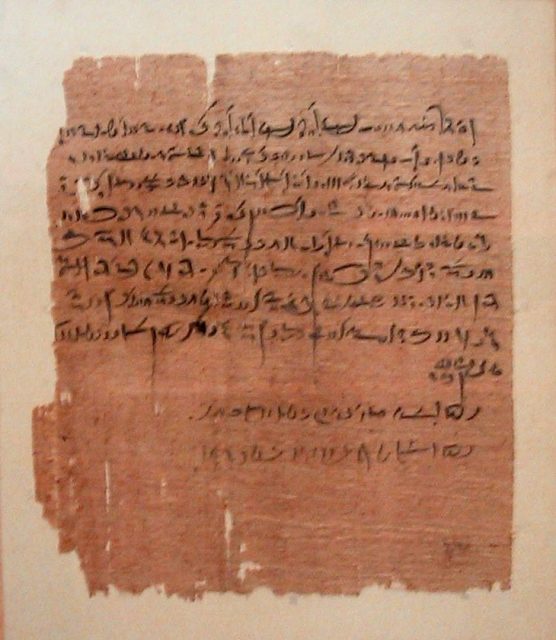
According to the National Institutes of Health, a 20th century study found that this ancient Egyptian test for determining pregnancy was accurate about 70 percent of the time when performed. (It was not accurate about determining gender, however.) Take a closer look with this video:
https://youtu.be/989Lc4Ezoow
“Modern pregnancy tests rely on proteins that can detect a hormone called human chorionic gonadotropin (hCG), but scientists speculate that this old-time test worked so well because elevated levels of estrogen in a woman’s urine might have promoted seed growth,” says one health website
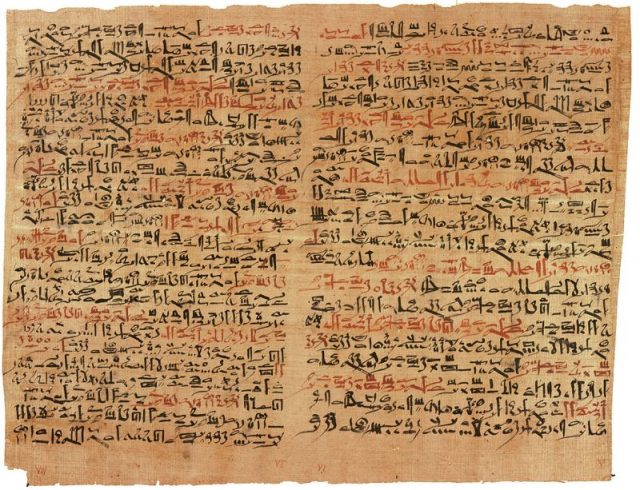
The papyrus being studied contain other medical wisdom too, including treatments for eye diseases.
Ryholt told CNN: “The texts are damaged, they are written in an ancient script that few people can read, and the terminology is immensely complex. There’s less than a dozen well-preserved ancient Egyptian medical papyri… Anything new will shed important new light.”
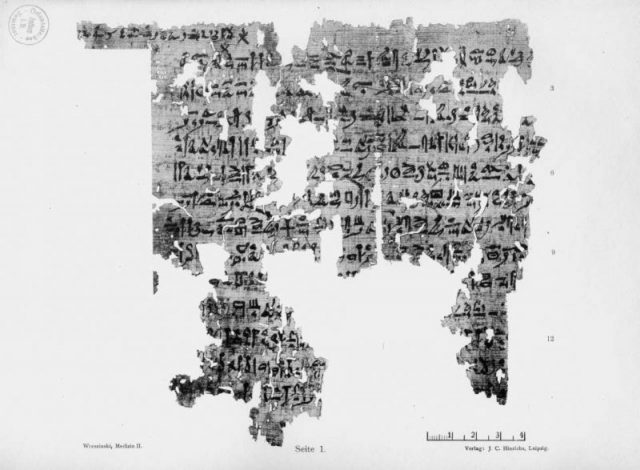
Along with medical advice, the documents contain information on astronomy, botany, and astrology, researchers told ScienceNordic.
Project researcher Sofie Schiødt, a doctoral candidate in the Department of Cross-Cultural and Regional Studies at the University of Copenhagen, said in an interview, “Many of the ideas in the medical texts from ancient Egypt appear again in later Greek and Roman texts. From here, they spread further to the medieval medical texts in the Middle East, and you can find traces all the way up to premodern medicine.”

The Papyrus Carlsberg Collection includes approximately 1,400 manuscripts, most of which date from 2000 BC to 1000 AD. The majority of this ancient Egyptian scientific literature had remained untranslated since its donation to the university in 1939.
Experts said the ancient pregnancy test advice definitely influenced later thinking. For instance, it appeared in a book of German folklore in the 17th century.
In a Timeline of the Pregnancy Test put together by the NIH, it’s made clear that urine played an important part in medieval era medicine.
“In Europe, so-called ‘piss prophets’ claimed to be able to diagnose many different conditions and diseases by the color of urine,” the timeline said. “In a 1552 text, pregnancy urine was described as: ‘clear pale lemon color leaning toward off-white, having a cloud on its surface.’ ” (“Piss prophets” was an actual title.)
Other tests included mixing wine with urine and observing the results. Indeed, alcohol reacts with certain proteins in urine, so this “may have had a moderate success rate,” said the NIH.

Last month it was revealed that ancient Egyptian embalming methods were in use 1,500 years earlier than experts had previously thought.
Read another story from us: The Ancient Egyptian Obsession with Beer
Tests on the Turin Mummy, which dates to between 3700 and 3500 BC, showed that the embalmers used a “recipe” of plants and other ingredients that was also used centuries later in Egypt, proving a continuum.
Nancy Bilyeau, a former staff editor at Entertainment Weekly, Rolling Stone, and InStyle, has written a trilogy of historical thrillers for Touchstone Books. For more information, go to www.nancybilyeau.com.
